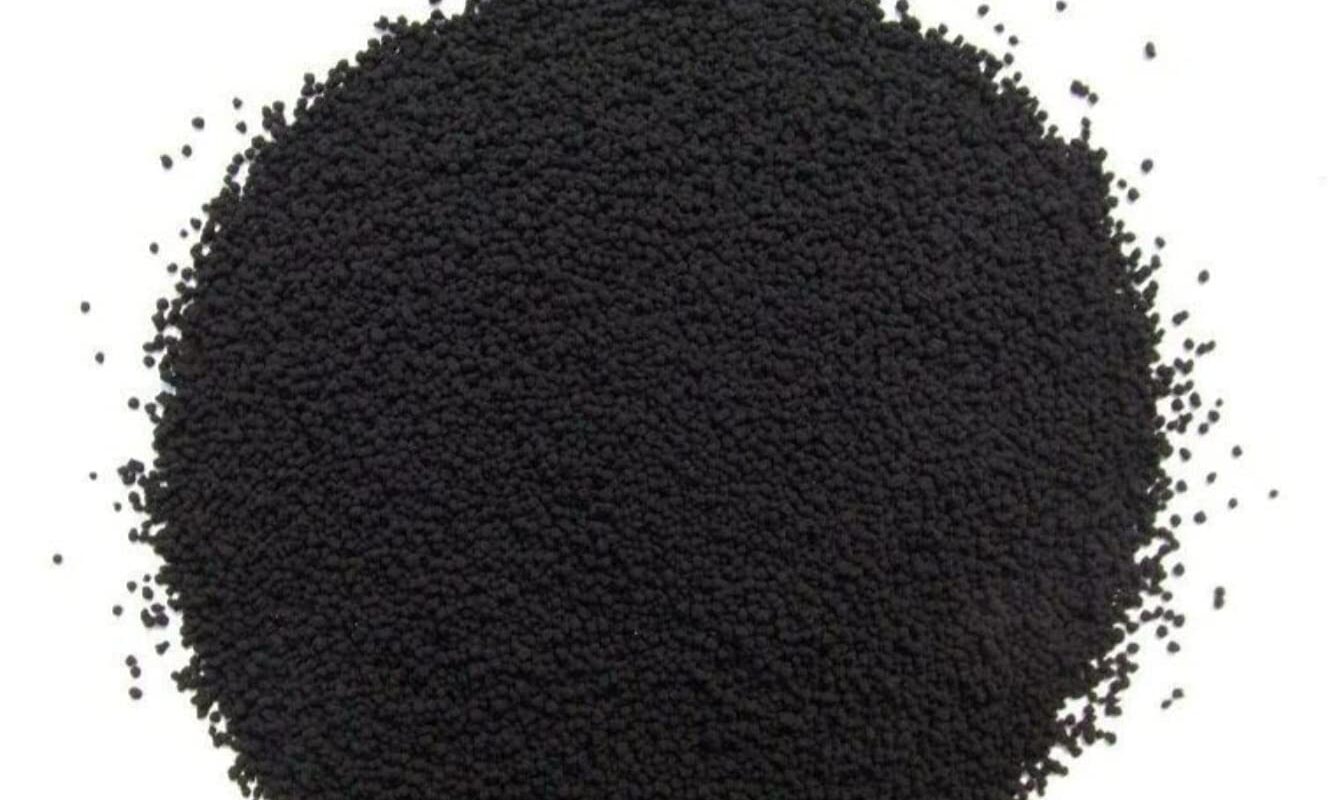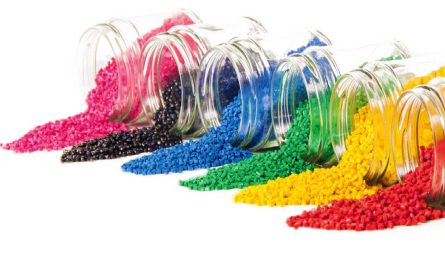Carbon black is a material produced by the incomplete combustion or thermal decomposition of hydrocarbons. It has been widely used as a pigment and reinforcing filler in rubber and plastic products for many decades. However, in recent years, a special type of carbon black known as conductive carbon black has emerged as an important conductive additive for applications in electronics, sensors, batteries, and other conductive applications. This article provides an overview of conductive carbon black, its properties, production methods, and various applications.
Properties of Conductive Carbon Black
Conductive carbon black is a highly conductive form of carbon black that possesses characteristics useful for electrical and electrochemical applications. The key properties that make carbon black conductive include:
– Particle Structure – Conductive carbon blacks have a highly branched, fractal-like structure consisting of interconnected graphitic crystalline domains on the surface of each particle. This structure allows for efficient electrical contact and conduction between particles.
– Surface Area – Conductive carbon blacks typically have high surface areas, often over 100 m2/g, providing a large surface for interparticle contact. The surface is also coated with residual hydrogen and oxygen that can improve bonding between particles.
– Conductivity – When properly compounded into a formulation, conductive carbon blacks can provide conductivity levels as high as 100 S/cm or more. This conductivity enables their use as a cost-effective replacement for silver in many applications.
– Dispersion – During production, carbon blacks are treated to ensure even dispersion and interaction when mixed into compounds and coatings. Good dispersion is important for achieving uniform electrical properties.
– Temperature Resistance – Graphitic structure makes conductive carbon blacks thermally stable up to high temperatures of over 200°C without significant property changes. This durability enables their use in high-temperature applications.
Production of Conductive Carbon Black
There are two main production methods used for manufacturing conductive carbon black – the furnace black process and the thermal black process.
In the furnace black process, high molecular weight hydrocarbon oils like natural gas or petroleum oil are thermally cracked and decomposed in a furnace chamber at high temperatures ranging between 1100-1400°C under controlled conditions. This process results in spheroidal particles that can be further treated to enhance their conductive characteristics.
The thermal black process involves thermally decomposing hydrocarbon gases like acetylene or natural gas on heated surfaces like coils. This results in extremely finely divided particles with a smaller size but highly branched structure ideal for conductivity applications. The particles can also be subjected to further processing steps.
In both methods, production parameters like temperature, residence time, and feedstock can be optimized to control the particle morphology, structure, surface area, and other properties important for conductivity. Additional treatments involving oxidative gases may also be applied to tailor the surface chemistry.
Applications of Conductive Carbon Black
Due to its balanced properties, conductive carbon black is finding growing use in applications that require a combination of conductivity and durability. Some key application areas include:
– Lithium-ion Batteries – Used as a conductive additive in battery cathodes and anodes, CCB improves electrical contact within active materials and current collectors for faster charging rates.
– Fuel Cell Electrodes – Provides a conductive network in proton-exchange membrane fuel cells and other electrochemical devices to facilitate ion/electron transport.
– EMI Shielding – Composites containing CCB offer effective and lightweight electromagnetic radiation shielding for electronics.
– Coatings & Paints – Imparts surface conductivity to coating formulations used in applications like automotive, appliance, and corrosion protection coatings.
– Sensors – Facilitates current flow in sensors for applications like touch screens, pressure sensors, biosensors due to stability and dispersion.
– Conductive Inks – Used as a cost-effective substitute for silver in conductive inks and adhesives printed in electronic products.
– Composites – Enhances electrical conductivity when blended into polymer matrices for applications like antistatic and conductive plastics.
*Note:
1.Source: Coherent Market Insights, Public sources, Desk research
2.We have leveraged AI tools to mine information and compile it




